Painswick Rococo Garden: Hidden pavilions and romantic copses, watched over by the god of woodland revels
Tiffany Daneff visits Painswick Rococo Garden, near Stroud, Gloucestershire, one of the best examples of a Rococo garden in this country — a place of hidden pavilions and romantic copses watched over by the god of woodland revels. Photographs by Britt Willoughby Dyer.
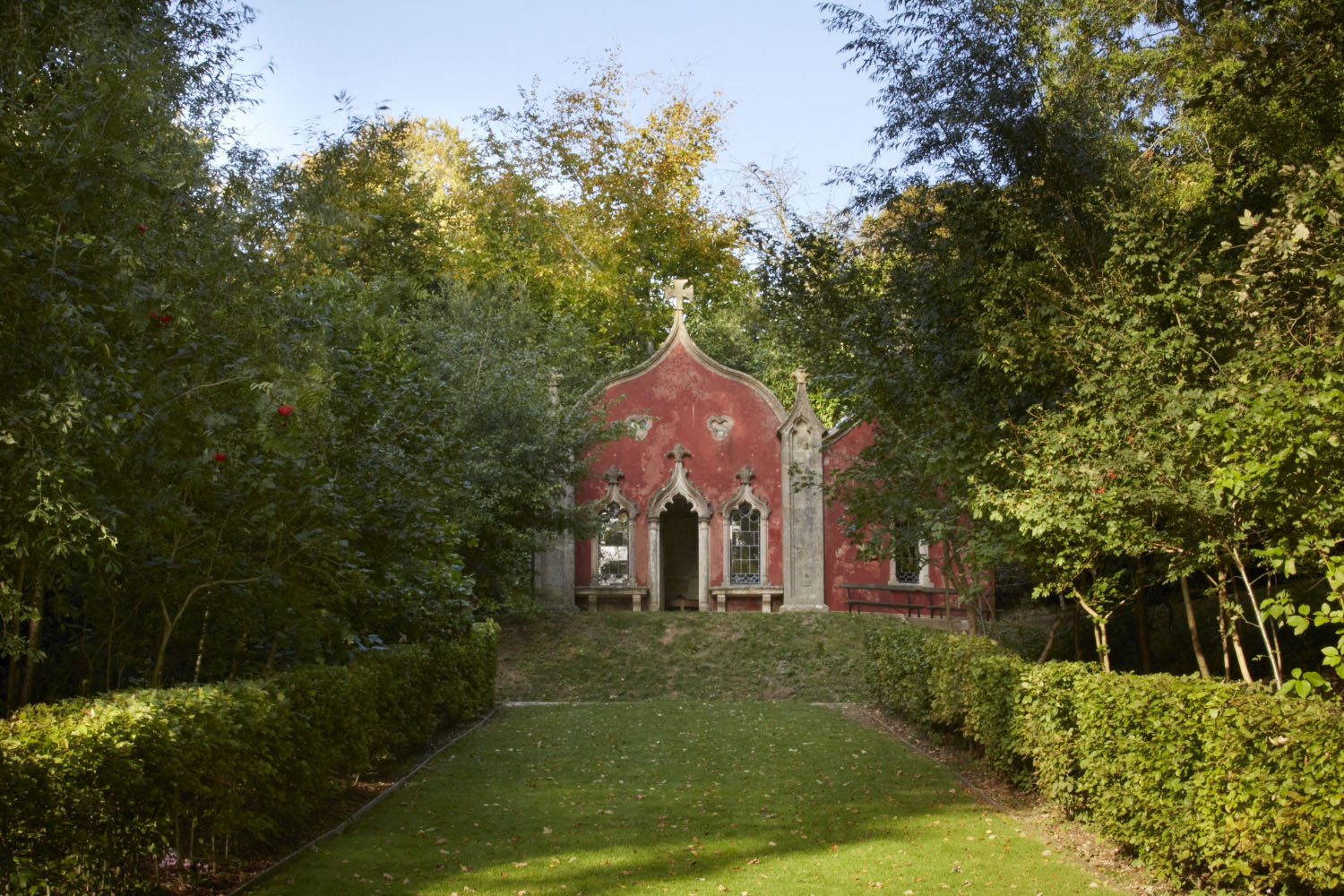

To stand at the entrance of the Painswick Rococo Garden today, with the hanging beech wood glowing copper in the autumnal light and, below it, the crown of white finials of the 18th-century Exedra marking the boundary between the informal and the formal garden, is a thrilling experience.
In his painting of Painswick House and gardens, of about 1748, Thomas Robins the Elder (1716–70), of Charlton Kings, Cheltenham, positions himself further back and, applying a splash of artistic licence, renders the estate larger than it actually is. Happily, this only serves to increase the impression of being about to step into a painting — which is quite surreal and rather Mary Poppins.
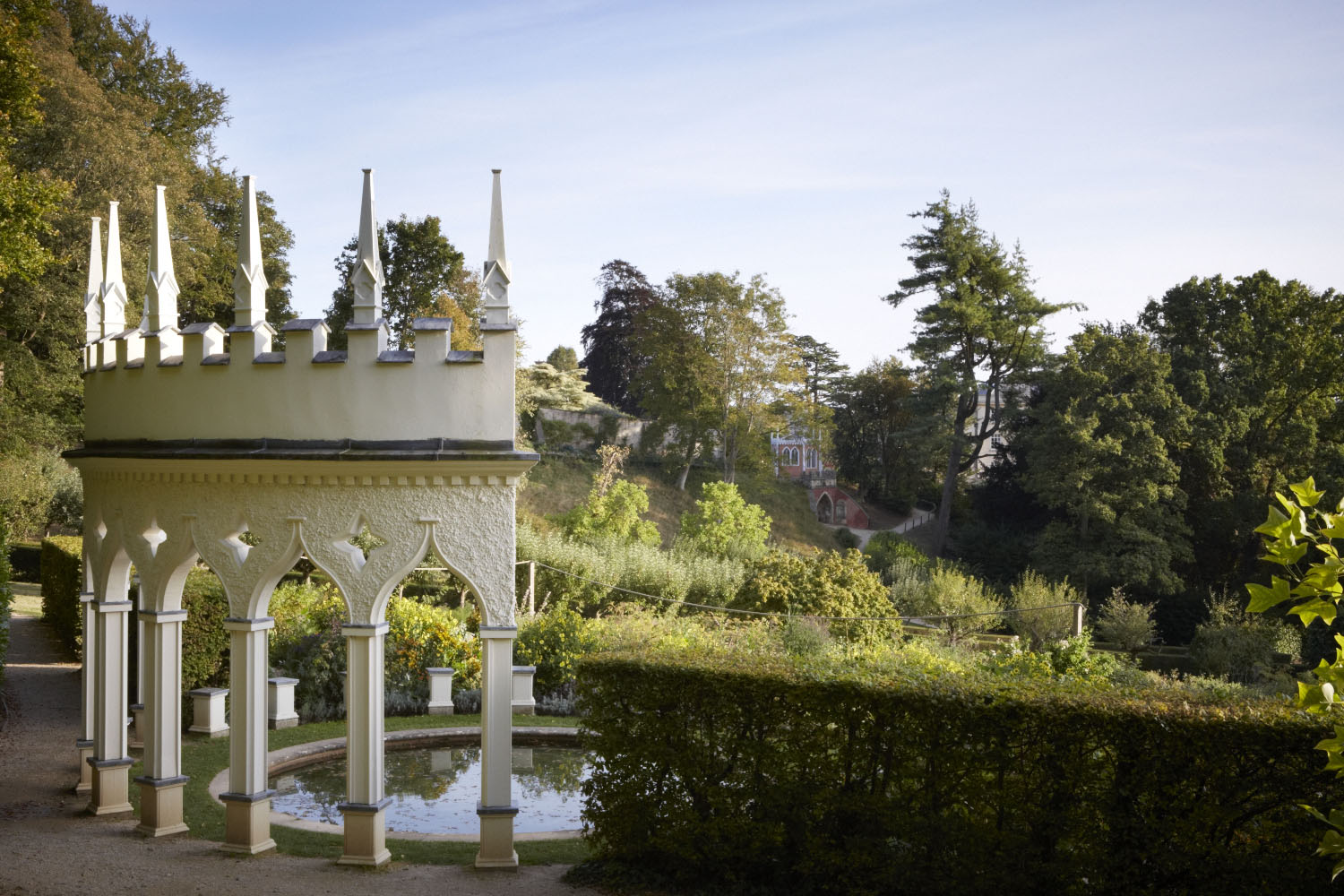
Painswick is one of the best surviving Rococo gardens in the country and, although it underwent extensive restoration from 1984 onwards, the work was done sensitively and without too much of the deadening signage that screams 21st century at every turn.
As a result, the past feels very present as one traverses the path to the famous Red House, so-called because of the colour-washed lime render that originally covered its walls.
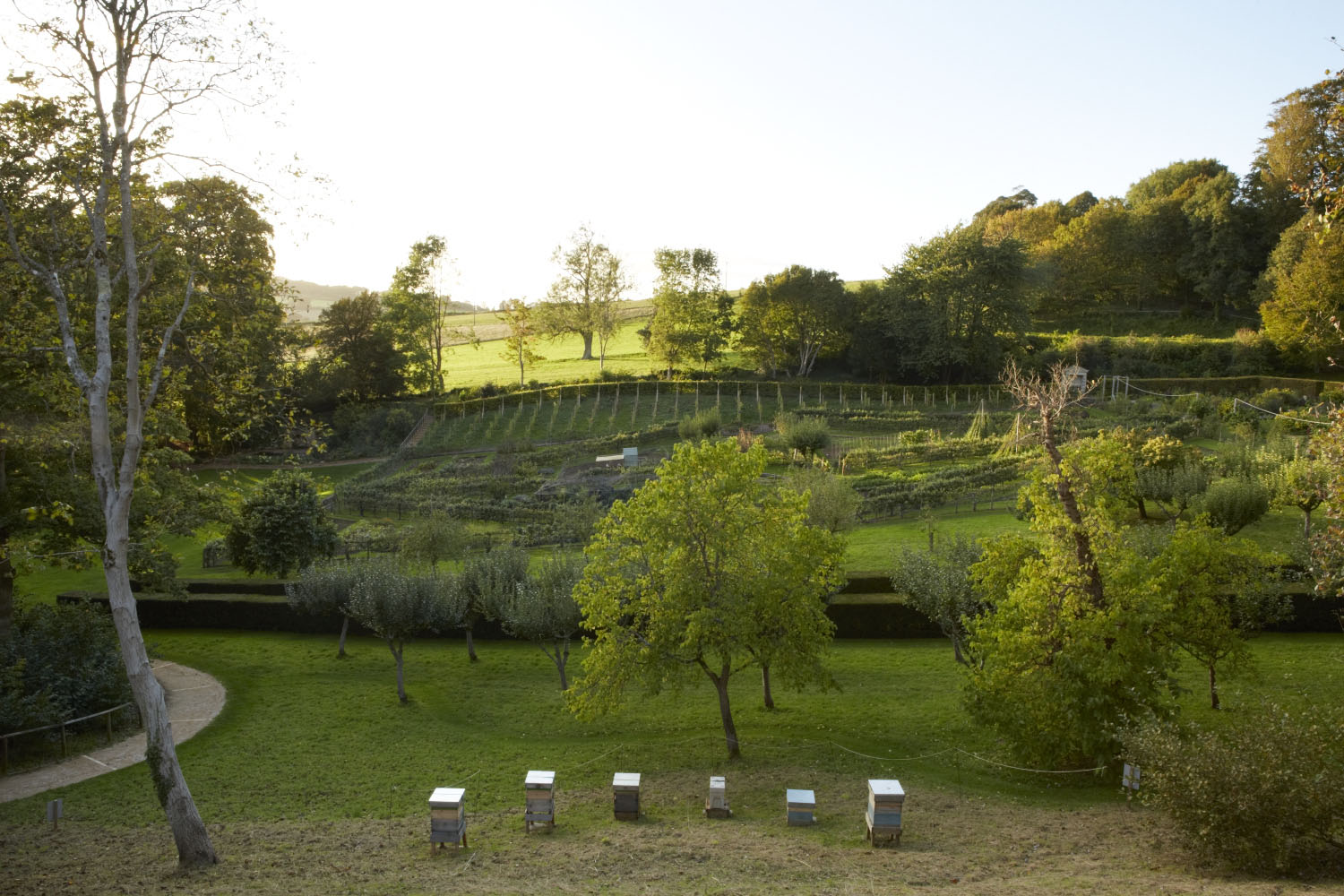
That this was a somewhat frisky past is hinted at by John Van Nost’s lead statue of a suitably rakish Pan, the god of woodland revels, which originally stood on the Bowling Green overlooking the plunge pool. As Kate Felus says in The Secret Life of the Georgian Garden, cold baths were part of the 18th-century gentleman’s fitness routine. Secluded settings — often reached via shrubberies or winding paths through wildernesses — were common places for them ‘for obvious reasons’.
As with many Rococo gardens, Painswick was intended to provide a setting for games as well as discreet frolics and flirtations, with little follies secreted about the woods where assignations could be held away from prying eyes in the main house.
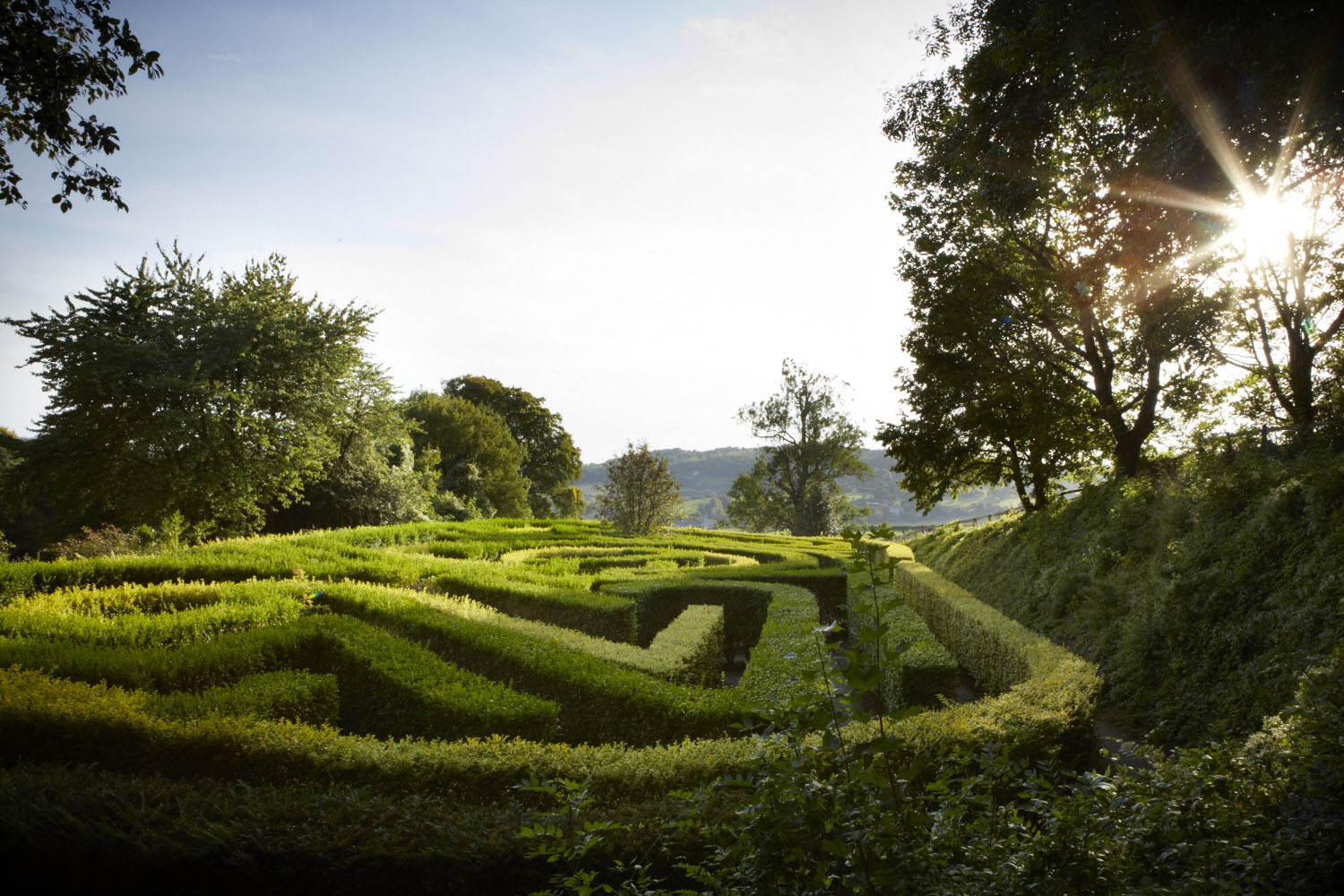
The garden was originally laid out in 1748 in the hidden coombe tucked behind the big house by Benjamin Hyett (1708–62), who had inherited Painswick from his father, Charles, a successful Gloucester attorney. That same year, he commissioned Robins’s painting.
Exquisite houses, the beauty of Nature, and how to get the most from your life, straight to your inbox.
What is not known is who designed the garden. Robins, who had by then painted other contemporary gardens, may have played a part, but it is very likely that Hyett himself contributed to the plans. As garden historian Timothy Mowl wrote in Country Life (‘In the Realm of the Great God Pan’, October 17, 1996), there could well have been a rumbustious drinking society in Painswick dedicated to Pan of which Hyett was a part.
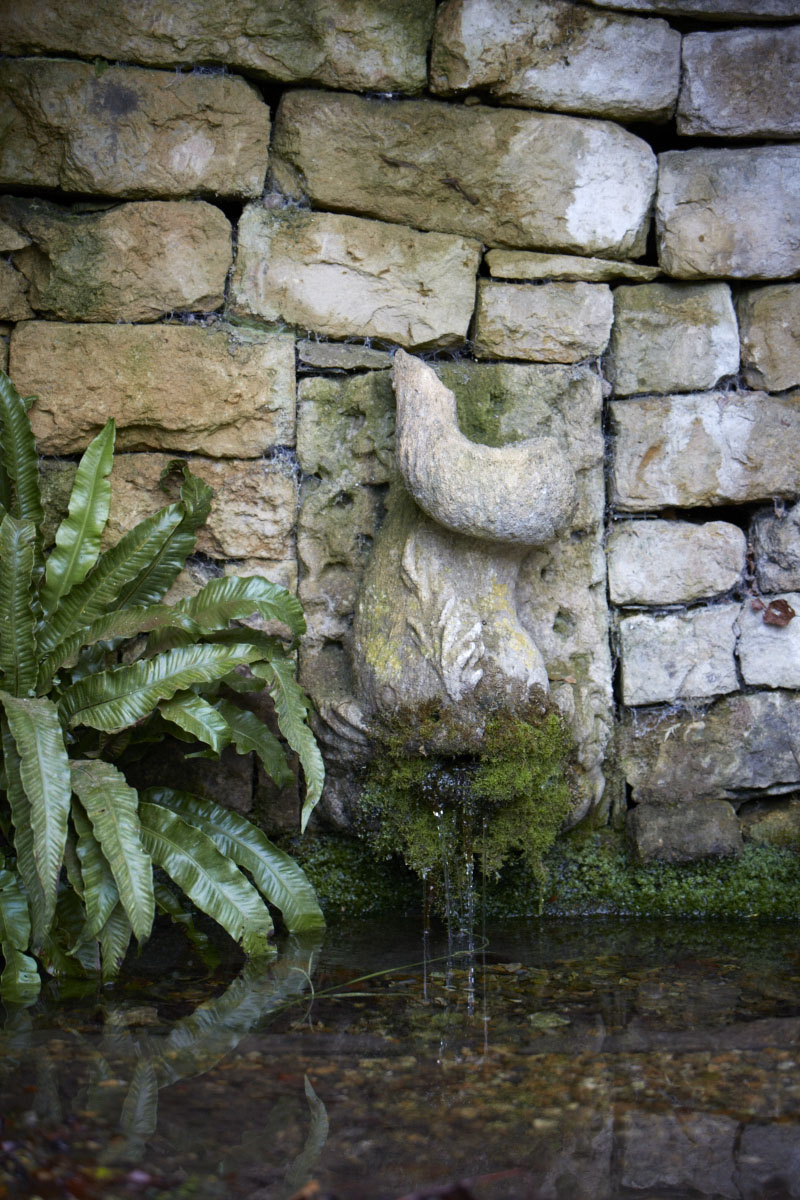
When Bishop Pococke, ‘the Rococo Bishop’, visited in 1757, he only commented on the walks through ‘wood and adorn’d with water and buildings’, but take the steps up to the exquisite Red House, where the ashlar stone outer room leads to an inner sanctum that has the Hyett coat of arms above the fireplace and niches for cutlery and crockery. One can almost hear the whispered conversations locked within its walls.
In typical Rococo fashion, the main building and its single wing stand at the meeting point of two converging paths. This playful assymmetry is further enhanced by giving one gable an ogee arch and the other being concave.
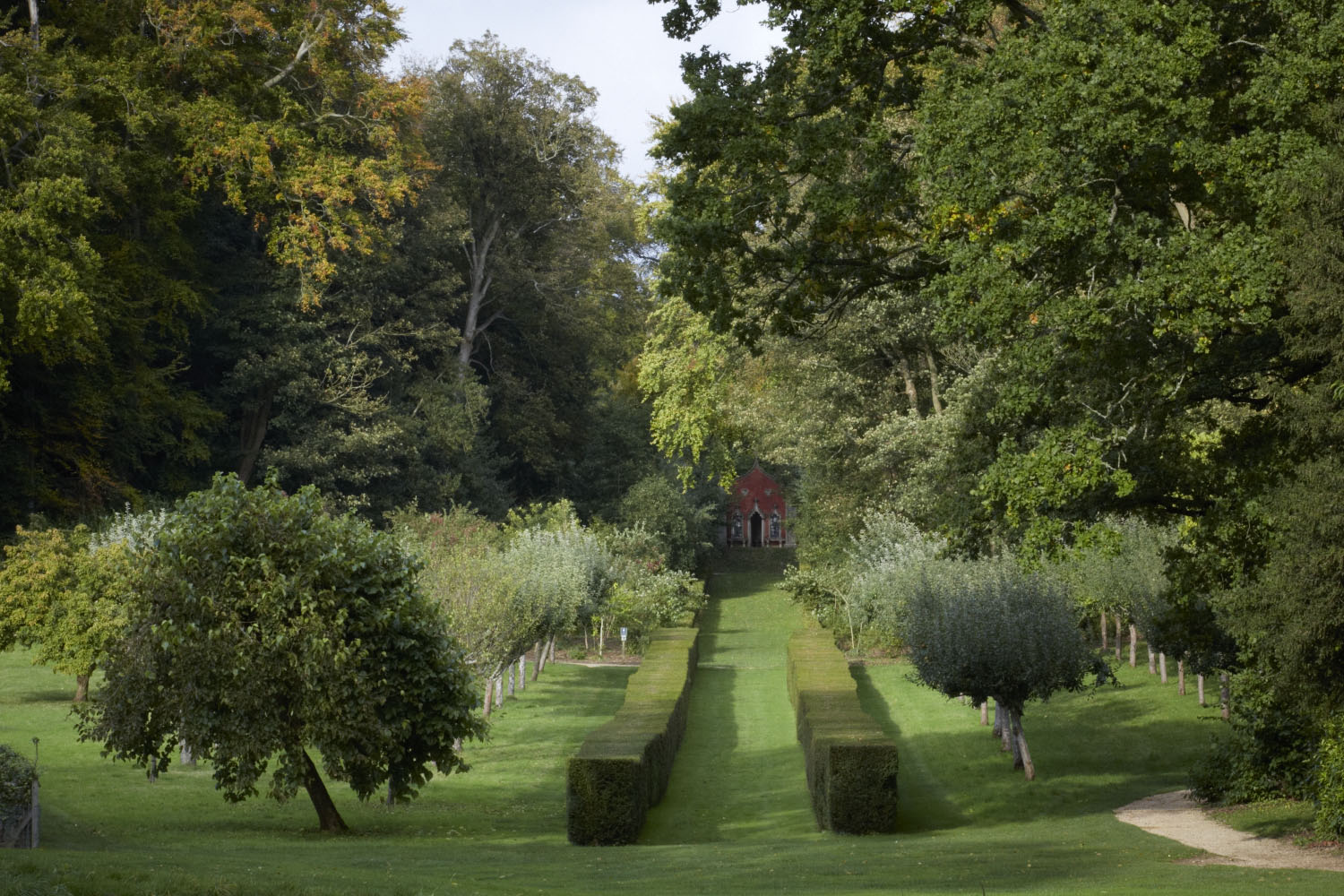
It was in 1984, after visiting an exhibition of Robins paintings, that the garden historian Prof Mowl and the architectural historian Roger White published an article ‘Thomas Robins at Painswick’ in the journal Garden History. This inspired the then owners of Painswick House, Lord and Lady Dickinson, to embark on the great task of restoring the garden.
‘The valley had been full of Christmas trees and a lot of brambles,’ Prof Mowl recalls today. (The conifers dated from 1965 when the site had been used for commercial growing.) ‘You could only just see the apex of the pediment of the Doric Seat.’
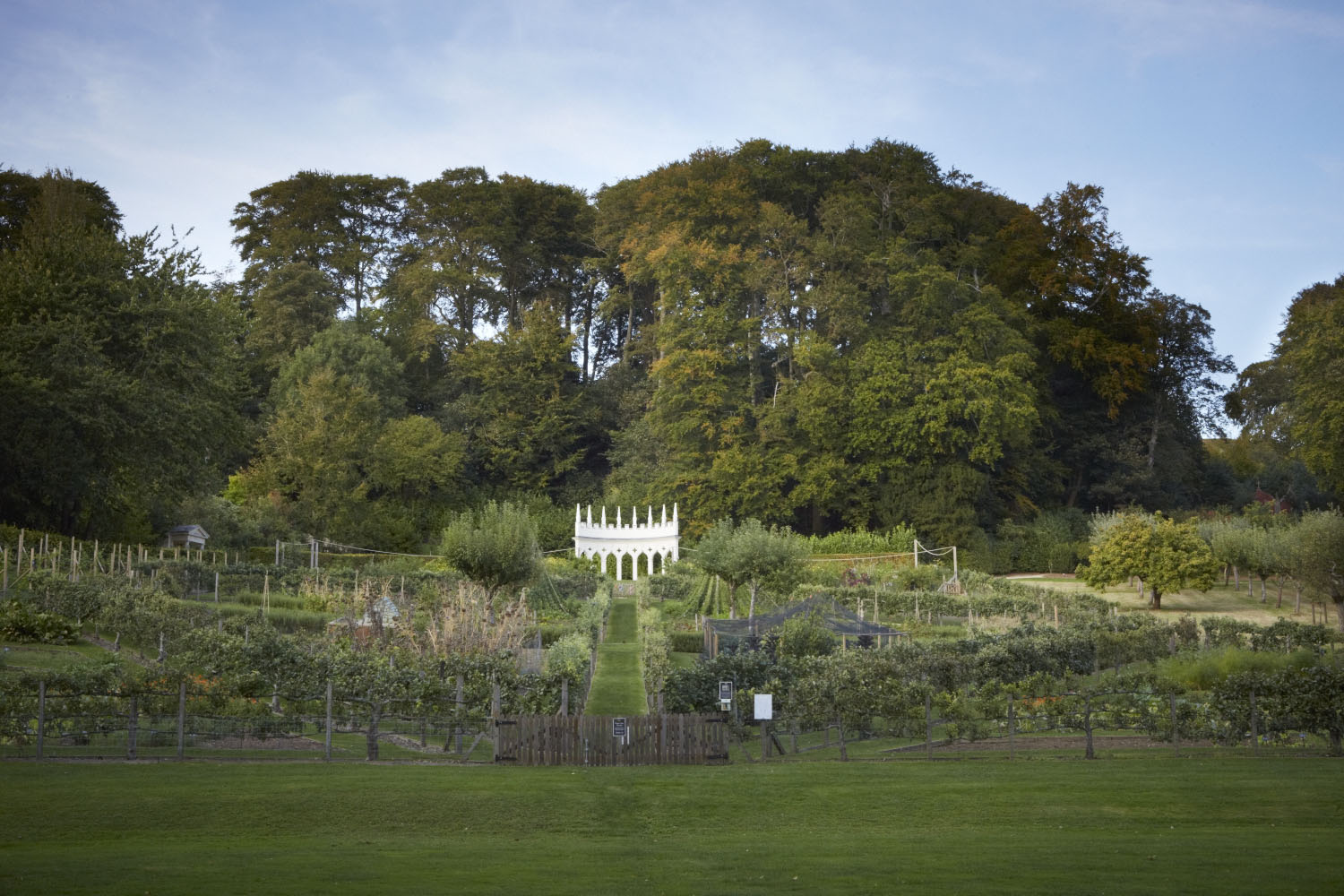
This provided the first clue as to how much of the original had survived. To find more they had to first clear a path to the interior using bulldozers.
‘It was like a jungle,’ he continues. ‘We had to hack our way through.’ In the centre they found the remains of the stonework surrounding the small circular pool at the heart of the kitchen garden and were able to reinstate the main axes and paths.
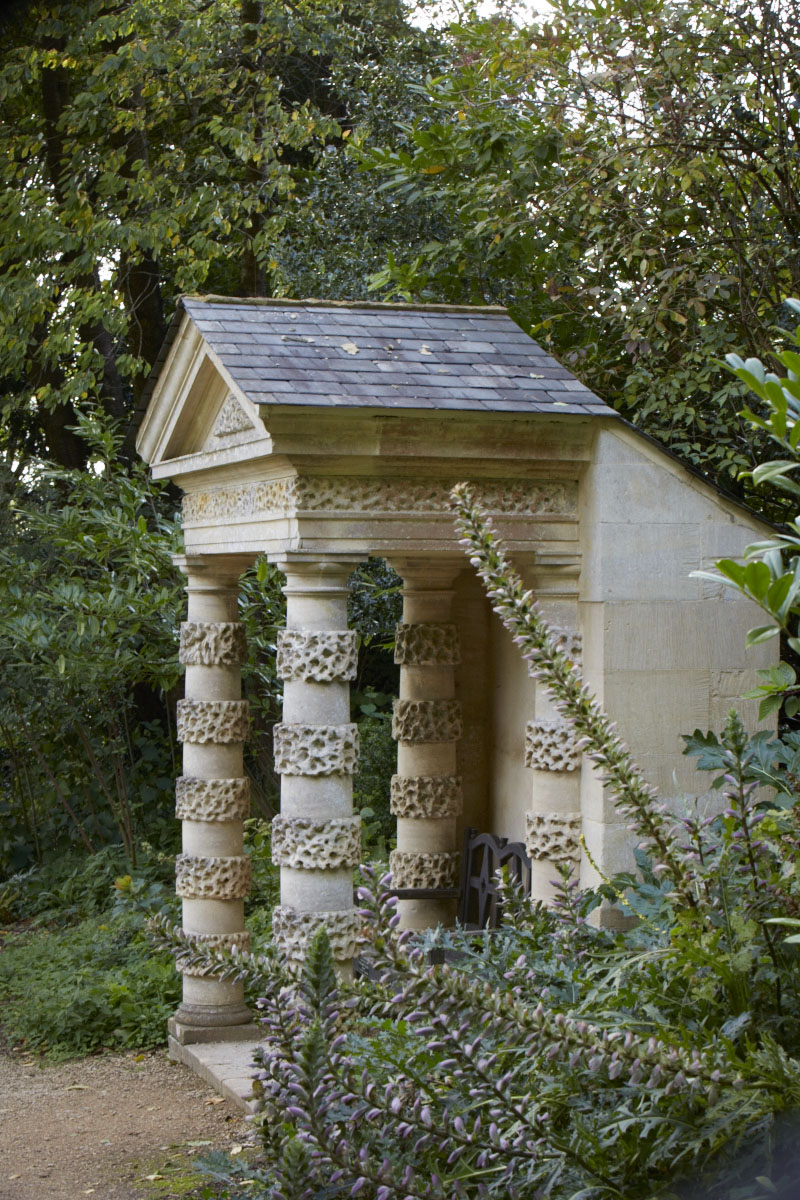
Thanks to the work of John and Eileen Harris — Gardens of Delight: The Rococo English Landscape of Thomas Robins the Elder (1978) and The Artist and the Country House (1979) — Prof Mowl knew that these paintings were of real, not imagined, places.
This enabled reconstruction to take place of other buildings such as the top floor of the Eagle House, which had completely disappeared, and the timber and lime plaster Exedra which, too, had been lost.
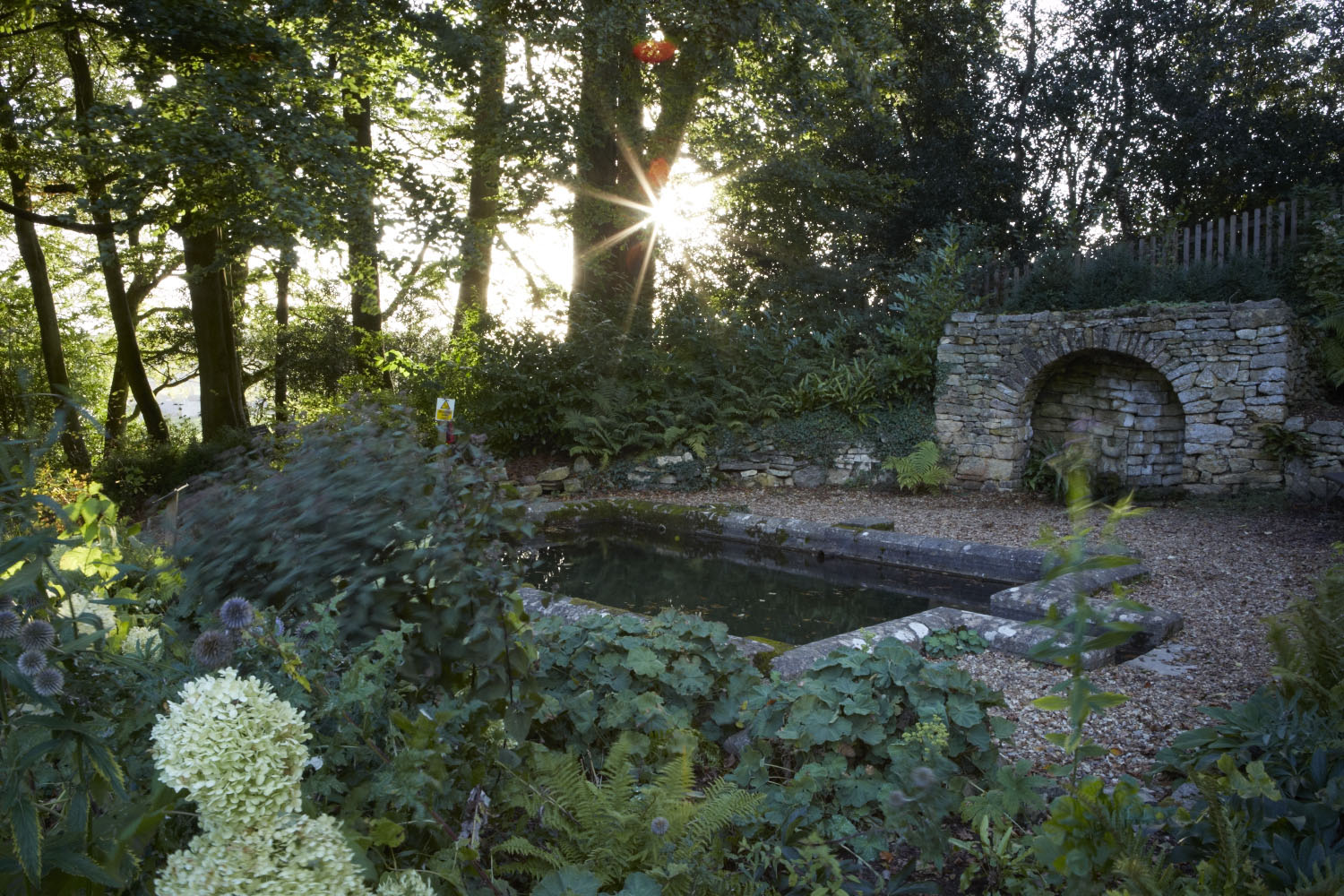
By 1988 it was obvious that the work was going to be more expensive than had originally been estimated and the Painswick Rococo Garden Trust was set up, which has enabled further archeological investigation. Over the years, all the buildings have been repaired and the original kitchen garden mentioned by Bishop Pococke has been re-created and planted.
Once the historic areas had been restored, the trust has quite rightly turned its attentions to keeping alive the playful spirit of Hyett’s garden. The trust celebrated the 250th centenary of Robins’s painting with a maze and there are biennial sculpture exhibitions. Today, however, it is children who love to play hide and seek in the bushes.
Painswick Rococo Garden, Stroud, Gloucestershire, is open at weekends and some weekdays until the end of November. Visits must be booked in advance — www.rococogarden.org.uk
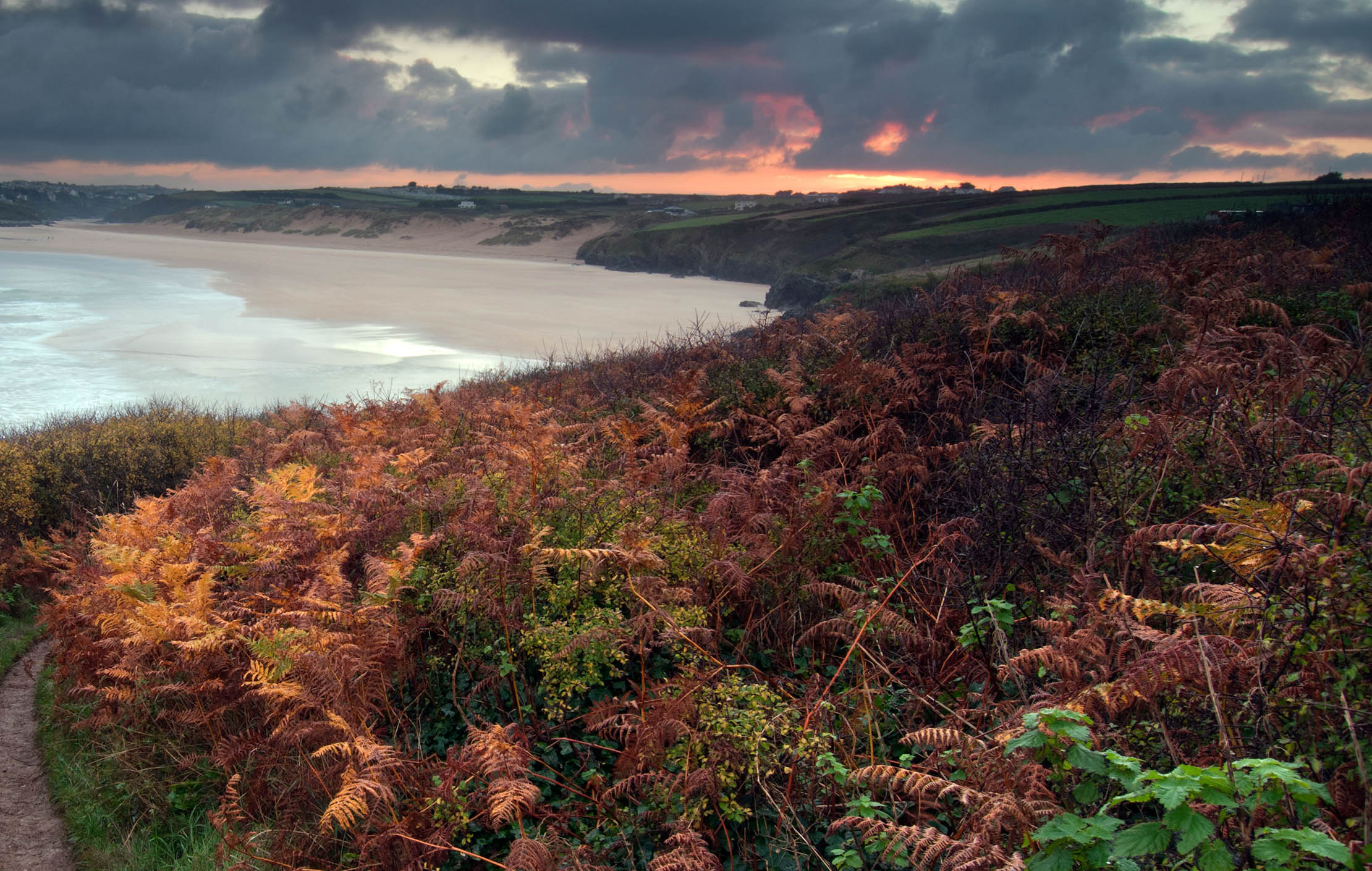
Where to see ferns: Six of the most spectacular places in Britain
Country Life's gardens editor Tiffany Daneff picks out some of the finest ferneries in Britain.
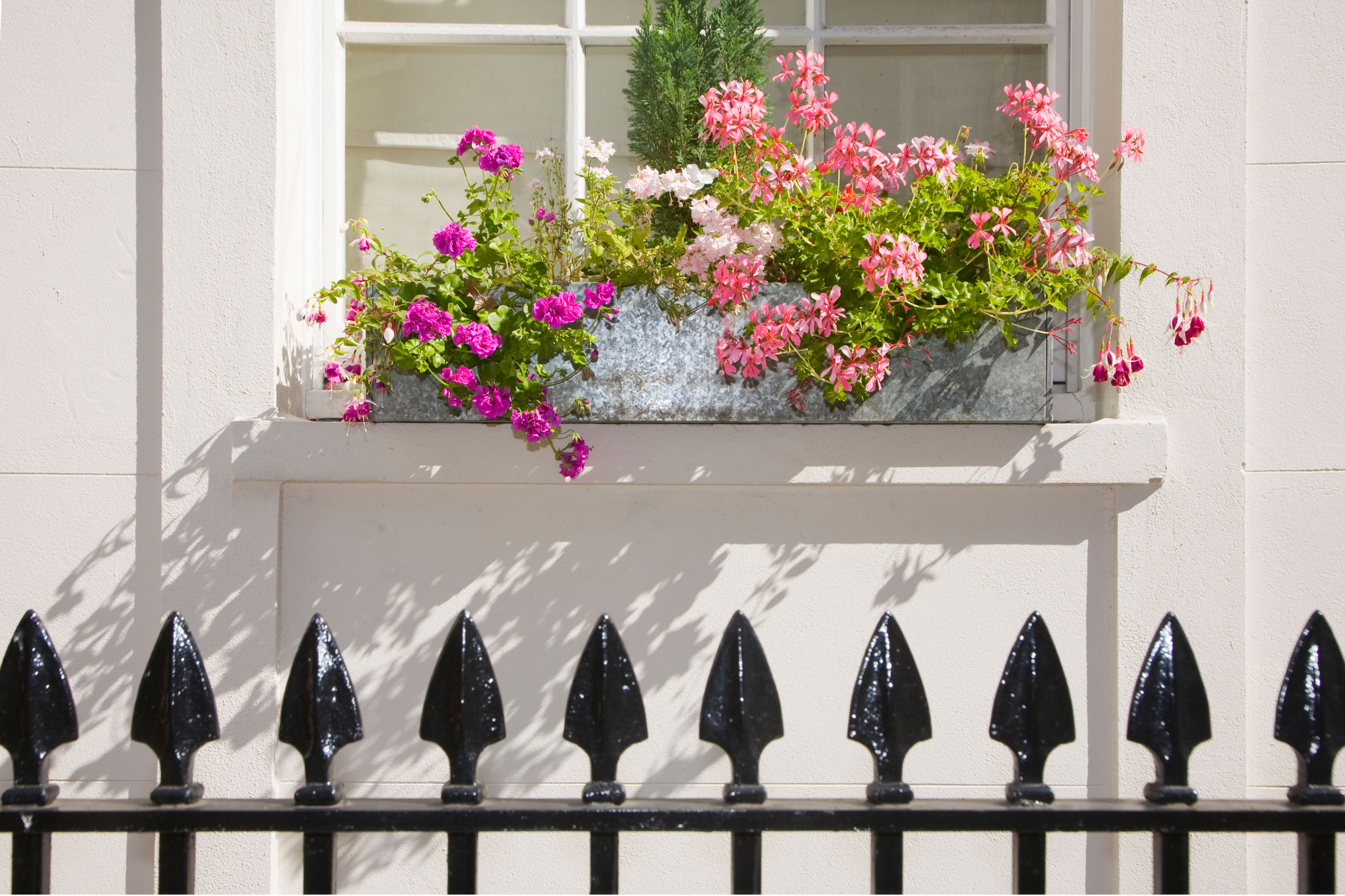
Credit: Alamy
How to 'garden' in a home that doesn't have a garden, from window box tips and indoor plants to helping out the bees
Country Life's gardens editor Tiffany Daneff shares her tips for window boxes, indoor plants and hanging baskets — and shares a
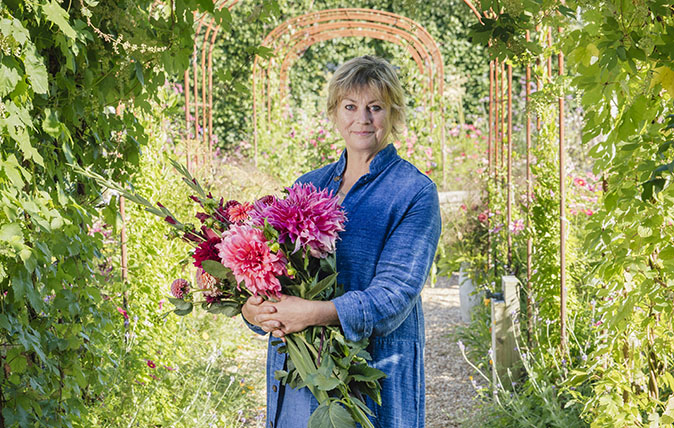
Sarah Raven: '15 years ago we couldn’t sell a dinner-plate-sized dahlia for love nor money’
The expert plantswoman tells us all about dahlia trends and gives advice for the best colours to use in 2019.
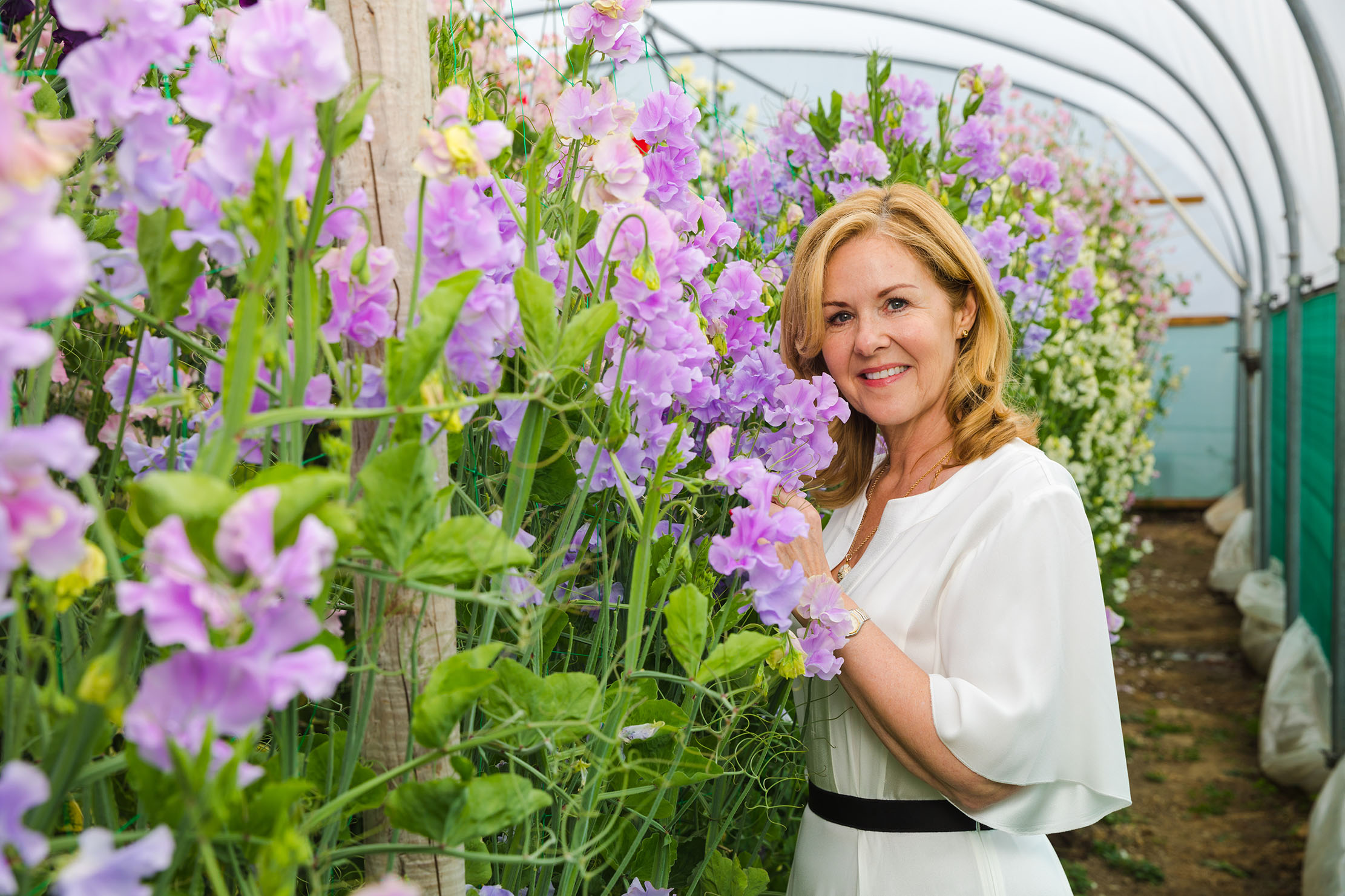
The tale of the Lady Penny sweet peas that were brought back from extinction thanks to a handful of saved seeds
When the seeds of her eponymous sweet pea were lost, Lady Penny Mountbatten turned to Roger Parsons, holder of the
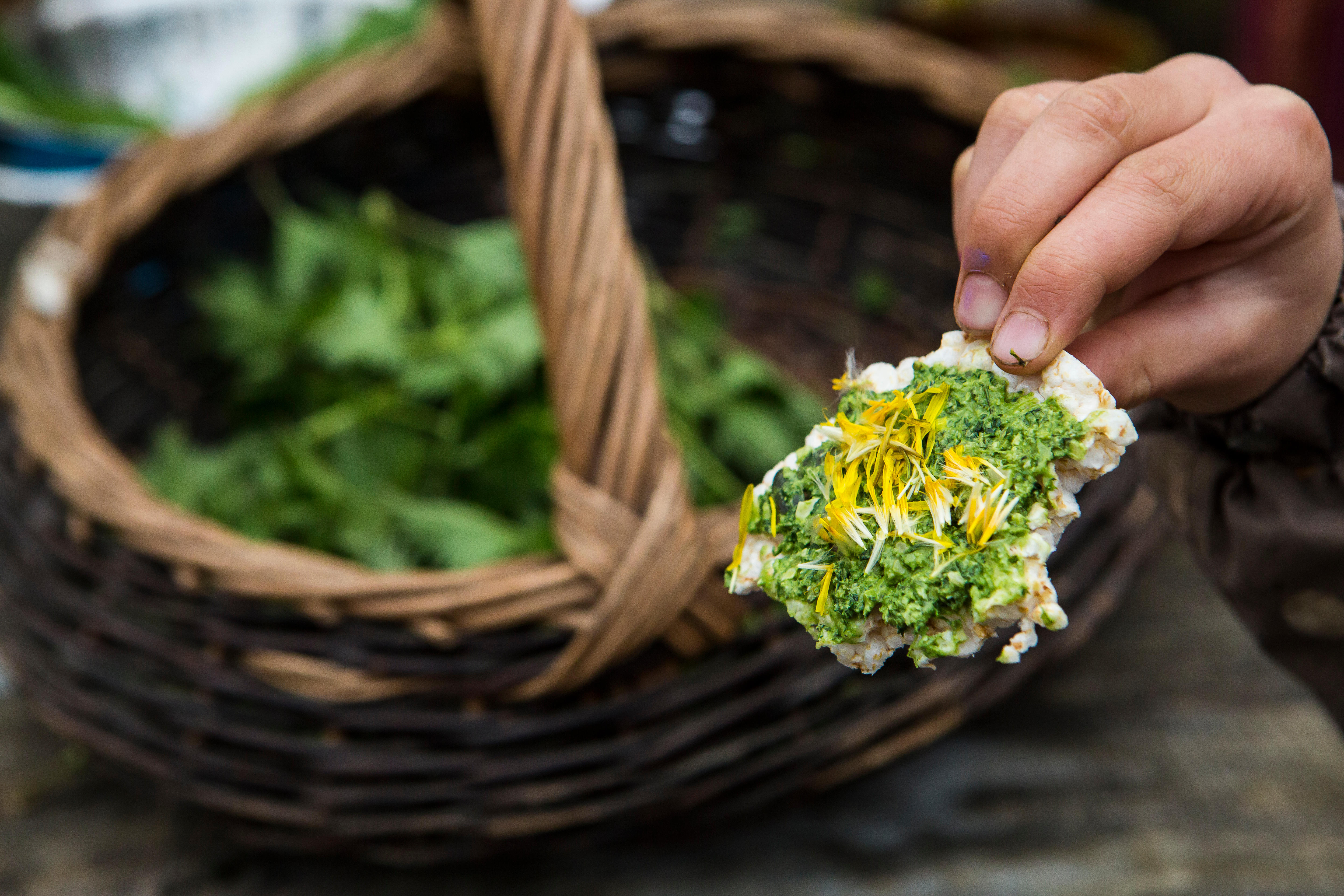
Credit: Alamy
How to make a delicious wild garlic pesto the wild garlic in your garden — or on the route of your daily exercise — into a delicious, home-made pesto
The damp winter hasn't been much fun for any of us, but at least the wild garlic has thrived —
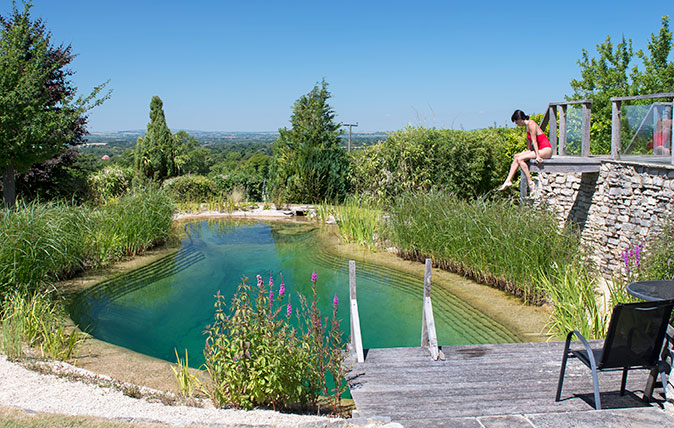
Natural swimming pools: Everything you need to know about building one in your garden
Natural swimming ponds–refreshing, aesthetically pleasing, wildlife friendly and more harmonious in the landscape–are becoming fashionable. Why not take the plunge,
Previously the Editor of GardenLife, Tiffany has also written and ghostwritten several books. She launched The Telegraph gardening section and was editor of IntoGardens magazine. She has chaired talks and in conversations with leading garden designers. She gardens in a wind-swept frost pocket in Northamptonshire and is learning not to mind — too much — about sharing her plot with the resident rabbits and moles.
-
 You can now rent King William IV’s former home in London’s Mayfair — for a princely sum
You can now rent King William IV’s former home in London’s Mayfair — for a princely sumThe London property — with royal lineage — is on the market with the estate agency Wetherell for £25,000 a week.
-
 Guy Ritchie: 'My mother married an impoverished aristocrat with a knackered country pile. I've been chasing that dream ever since'
Guy Ritchie: 'My mother married an impoverished aristocrat with a knackered country pile. I've been chasing that dream ever since'The film maker opens up about his love for the countryside, and his friendship with Sir David Beckham.
